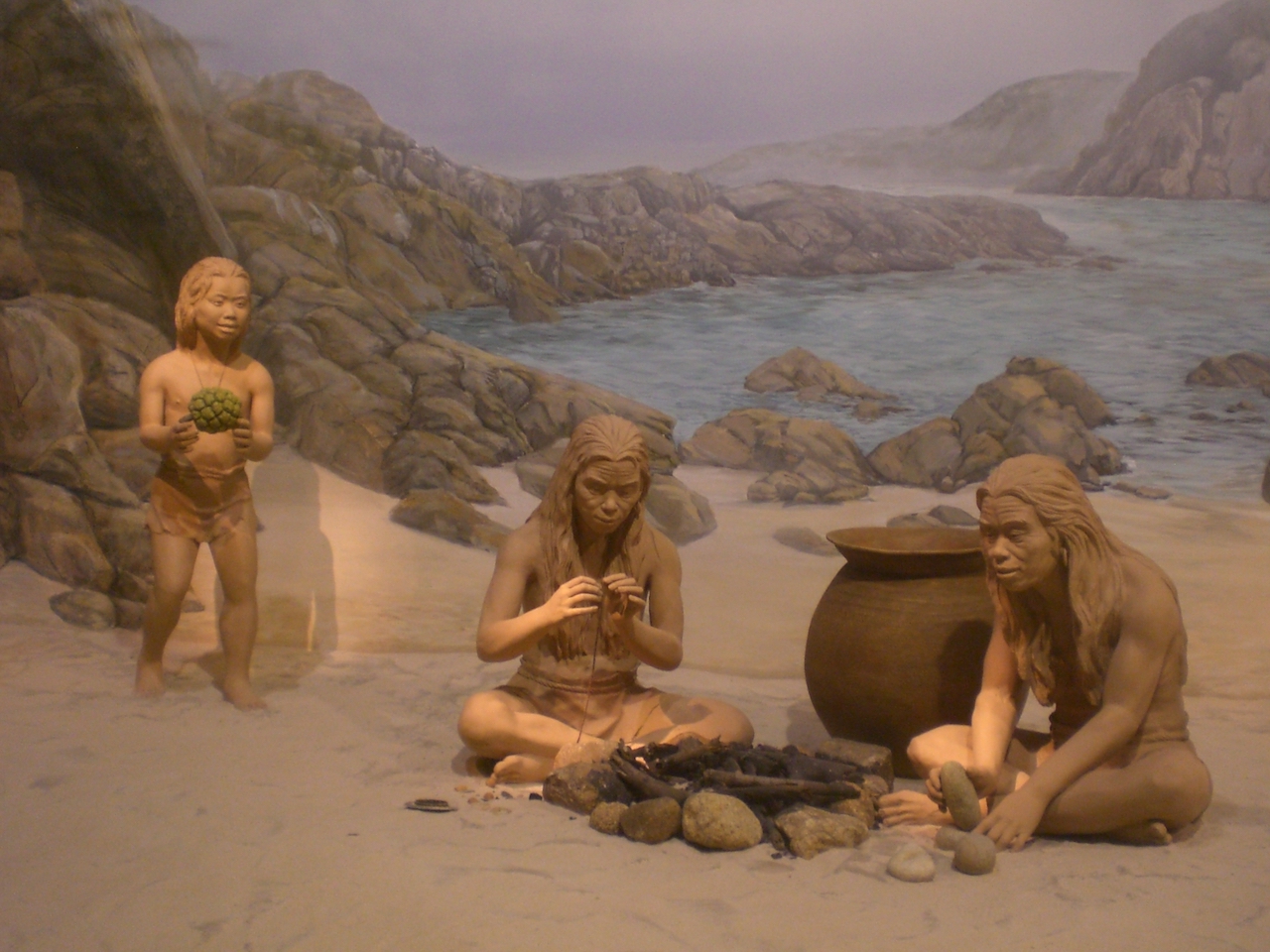Cold increased selection pressure on early Eurasian settlers, according to a new genetic study
Evolutionary pressure is an easy concept to understand. When there is a change in the environment, such as climate, food supply or a new predator, species need to adapt quickly: individuals that adapt survive and reproduce, those that do not die.
Hardly any living being has conquered so many different habitats in such a short time as modern humans. He homo sapiens penetrated the frozen arctic, the tropical jungle, the dry desert, the deep sea and reached the moon. Cultural techniques like clothing, fire, and subsequent technical achievements made this possible. But there are still many unanswered questions about how homo sapiens around the world from the African continent and what natural selection it underwent in the process. The new findings indicate that we haven’t always been so adaptable.
An Australian research group analyzed the genetic data of more than 1,500 humans who lived in Europe and Asia over the last 45,000 years, compared them with modern human genomes, and found that humans could have been just as susceptible to environmental changes. the past like other animals. O analyzes published in PNAS show a long period of genetic adaptations, hitherto unknown, about 50,000 to 80,000 years ago, which was mainly due to one factor: the cold. Who could not stand it was extinct.
Researchers led by Raymond Tobler, from the Australian Center for Ancient DNA at the University of Adelaide, found in the data traces of 57 “hard sweeps”, rare genetic variants that spread rapidly in a population due to changes in environmental conditions. Apparently, the ability of humans to adapt their behavior and develop new tools and techniques has not always been enough to survive in difficult times.
Adaptations to cold, dry habitats include genes involved in fat storage, neuronal development, skin physiology, and cilia function in the bronchi, for example. Such “hard sweeps” were often observed in other animal species, but so far there is almost no evidence of them in humans. Scientists surmise that the frequent mixing of populations over the past 8,000 years covered them up.
The spatiotemporal pattern of the hard scans also suggests that early settlers on the Eurasian continent underwent a prolonged period of isolation and genetic adaptation, possibly on or near the Arabian Peninsula, before their global dispersal. The authors call this phase the arab stalemate. Only then did humans spread across Asia and Europe.
REFERENCE
